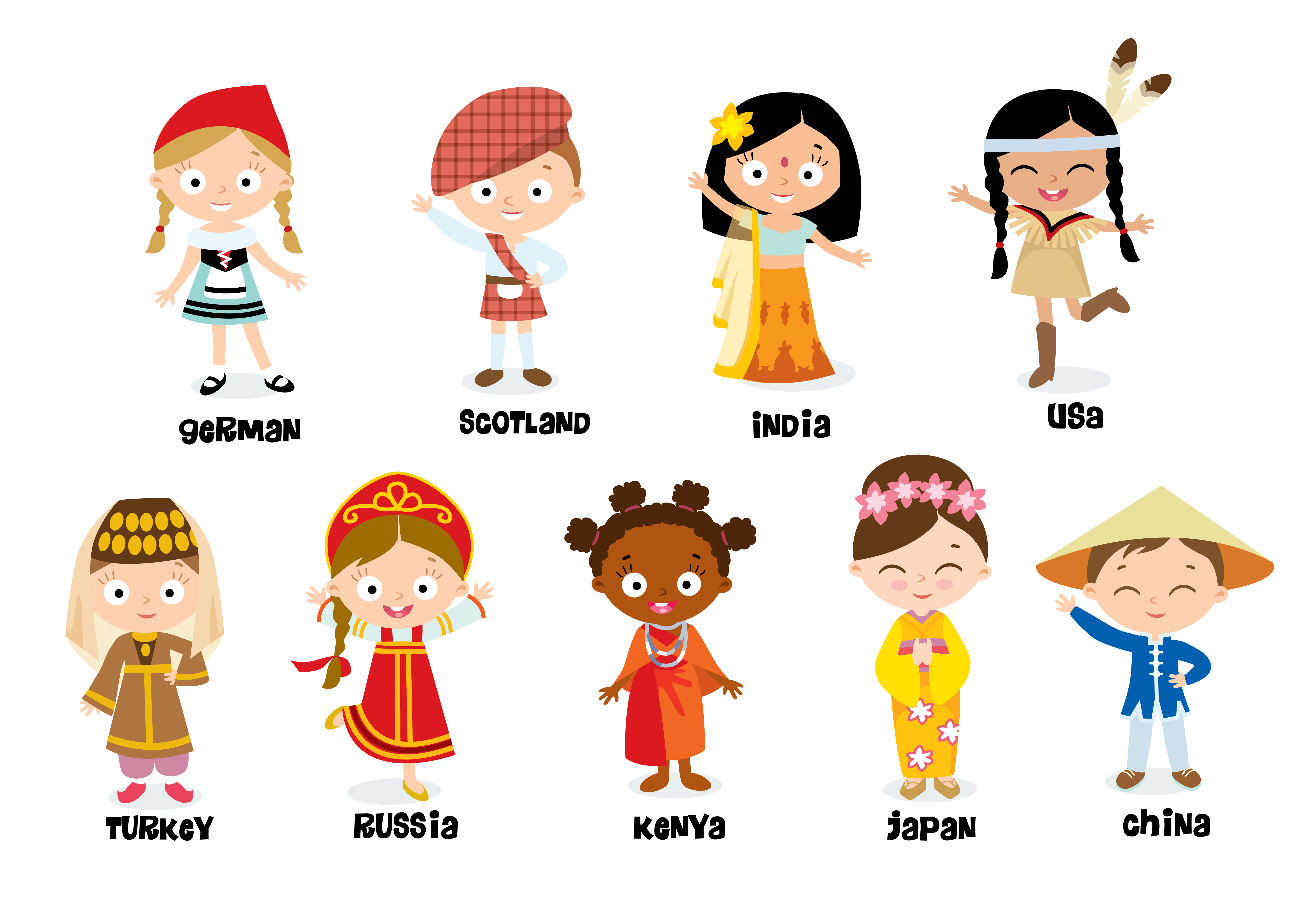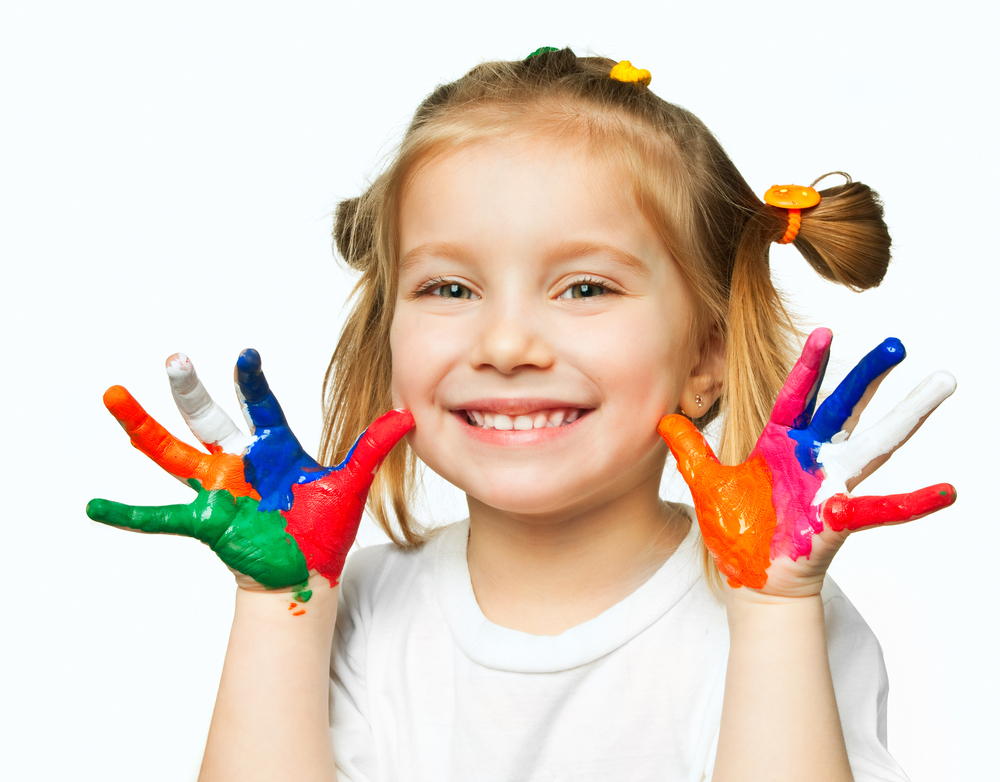Understanding opposites Normal Worksheets
3 filtered results
-
From - To
"Understanding Opposites Normal Worksheets" from Kids Academy offer an engaging approach for young learners to grasp contrasting concepts through fun exercises. Perfect for early grade students, these worksheets cover foundational skills, enhancing students' vocabulary and critical thinking. Children will explore pairs like hot and cold or big and small, fostering comprehension through diverse, interactive activities. Each worksheet is designed to keep learning enjoyable while reinforcing core opposites vocabulary, making them an excellent classroom or home resource. Pair them with our extensive collection of educational tools to provide a comprehensive, fun learning journey for kids.
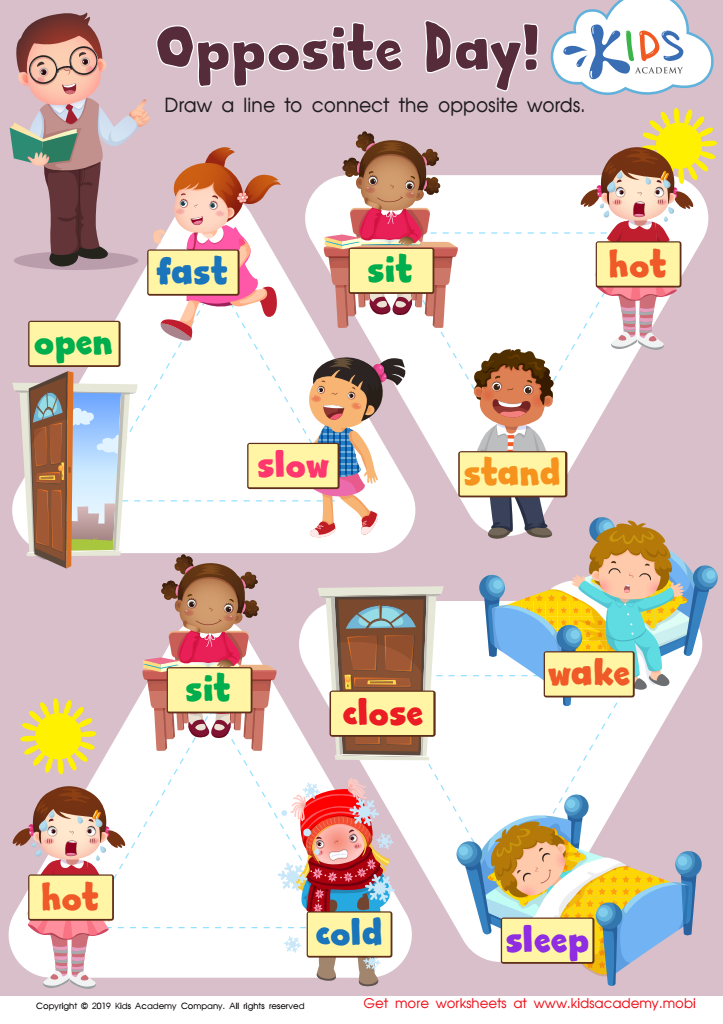

Opposite Day Worksheet
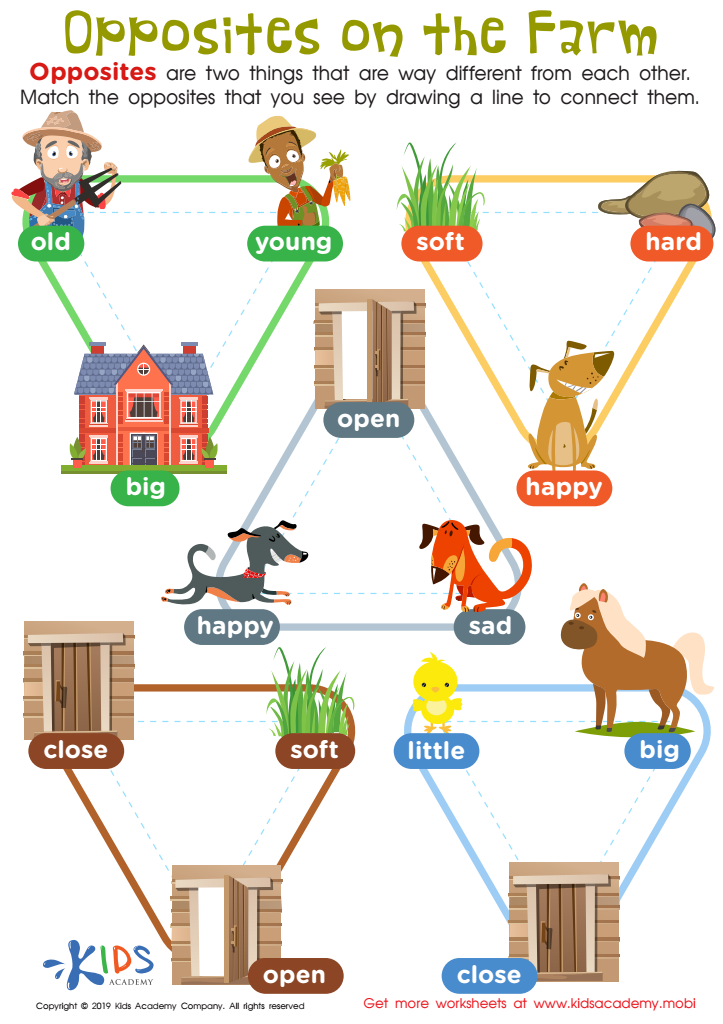

Opposites on the Farm Worksheet
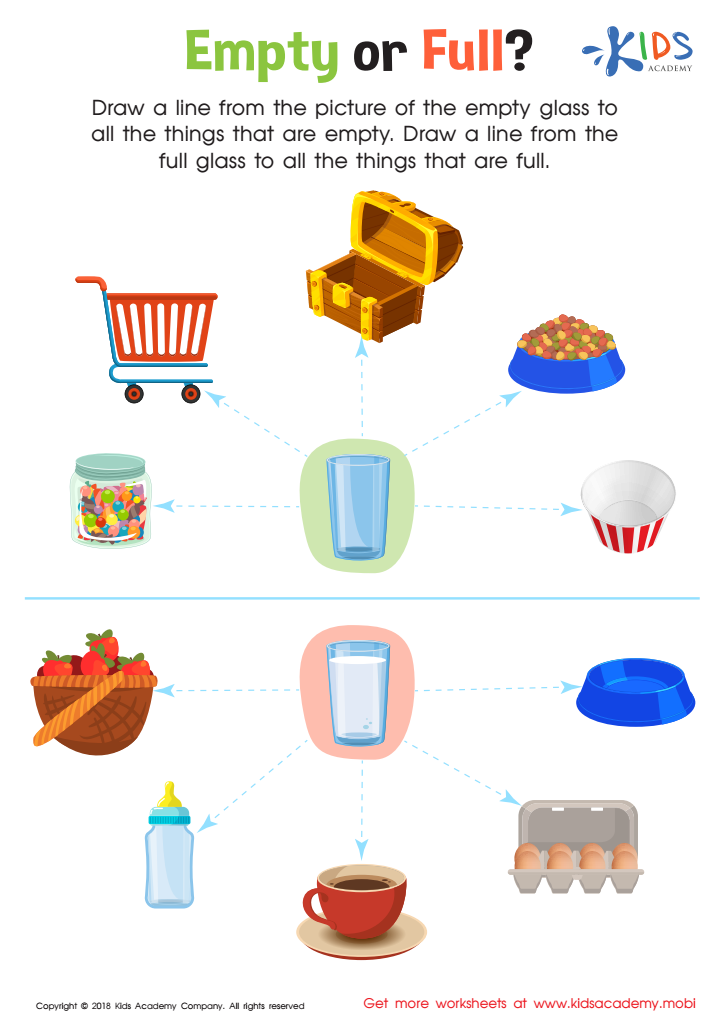

Empty or Full? Worksheet
Understanding opposites is crucial for young learners as it lays a foundation for essential cognitive and language skills. When parents and teachers focus on teaching opposites, they help children develop critical thinking and vocabulary. By recognizing opposites, children can categorize and compare objects, which enhances their problem-solving abilities. For example, understanding the difference between "big" and "small" helps them describe and make sense of the world around them.
Moreover, opposites are fundamental in language acquisition. They enrich a child's vocabulary and improve their ability to communicate effectively. Knowing words like "hot" and "cold," "happy" and "sad," or "up" and "down" enables children to express themselves more precisely. This precision supports better comprehension in reading and listening, which are key academic skills.
In social contexts, understanding opposites aids in grasping social cues and emotions. Recognizing that someone who is "sad" is not the same as someone who is "happy" allows children to respond appropriately, fostering empathy and better interpersonal relationships.
Therefore, parents and teachers should care about teaching opposites as it supports comprehensive development in cognition, language, and social skills, setting a strong foundation for future learning and interactions.

 Assign to the classroom
Assign to the classroom

